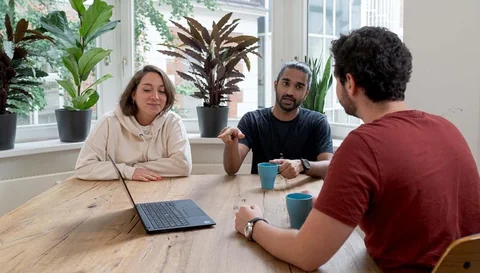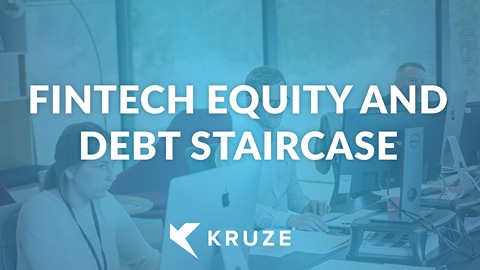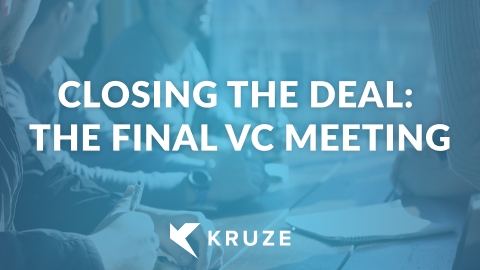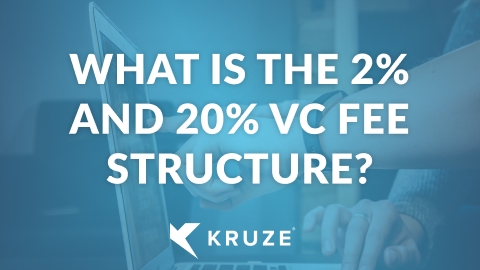
Startups require funding, and founders spend a lot of time locating investors. If you’re looking for seed funding, is it better to assemble a large group of investors who provide smaller amounts, or a smaller group of investors who invest large sums?
In many instances, this is a choice that founders may not be able to make. The bottom line is if you’re launching a startup that will be backed by investors, you need to raise the money somehow. In this situation you will probably do both – you’ll raise money from as many small and large investors as you can. But if you have a choice, is it better to have a small or large group of investors? There are some factors you should weigh.
Focusing on a small investor group
One advantage of a small investor group providing larger amounts means that your fundraising will go faster. Once those investors are on board, your fundraising work is done. In addition, a smaller group of investors is easier for you to manage, though they will typically provide more oversight. You will need to keep investors informed, provide solid financial reporting, respond to their emails, and sometimes even get their approval for specific actions. Fewer investors will streamline that process.
Larger investors, particularly well-regarded funds that have a track record of backing successful companies, will require due diligence, and you can use their term sheet to attract other investors who can “piggyback” on their diligence. Getting a “stamp of approval” from a bigger fund with a good reputation is very helpful.
Often a fund will provide a portion of the seed round, expecting the founders to deliver the rest. And founders can approach angel investors and, based on the fund’s reputation and due diligence, raise additional funding. For example, for a $3 million seed round, a founder might find a seed fund that will take $1.5 million of that round, and then be able to “fill in” the remaining funding by showing investors the seed fund’s term sheet. In addition, you may be able to get a marketing boost from a big fund that has a brand name and can generate press.
Working with a larger investment group
Many successful companies began with many smaller investors, particularly in the pre-seed, early stages. Typically these will be “friends and family” investors with whom founders have relationships. It’s possible to fill up a round very quickly by tapping into a personal network, if you are lucky enough to have a deep network of people who invest. One advantage of this method is that these investors will be people who believe in you and your idea. You can also get a sort of “crowdfunding effect” where your network will tell other people about your business.
That word-of-mouth can be very powerful. A large group of investors provides a lot of voices promoting your company, especially if they are users of your product or service. They’ve chosen to put their money behind you, and that can really influence the marketplace and help your company get traction.
Choose the funding path that’s best for your startup
First and foremost, you should be practical. You can’t build your dream and you won’t be successful without capital, so you need to lock in funding. If you have the option, follow the path that you really value.
A lot of founders end up using a hybrid approach, starting with big firms to locate a couple of lead investors and then using that commitment to bring in others. But there’s also something to be said for locating angels and using your network, because people who believe in you can spread the word about your startup.
No matter what path you follow, do your best to build a great company, keep your investors informed and updated, and make them feel like they are part of the journey. That will give you your best chance of being successful. For more information about venture funding, contact us.















